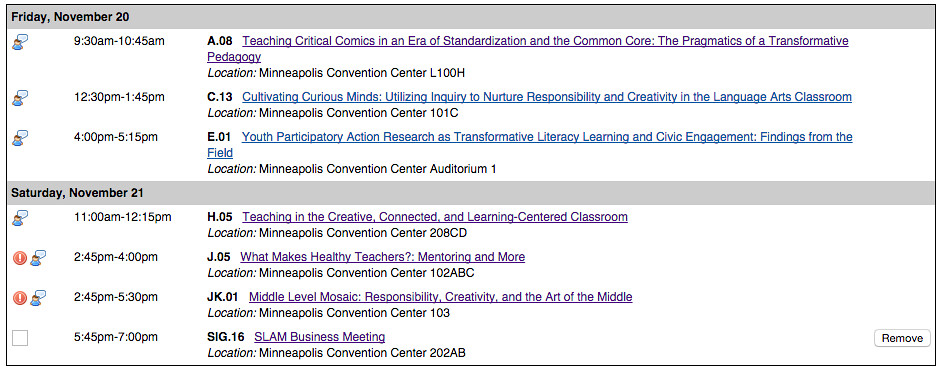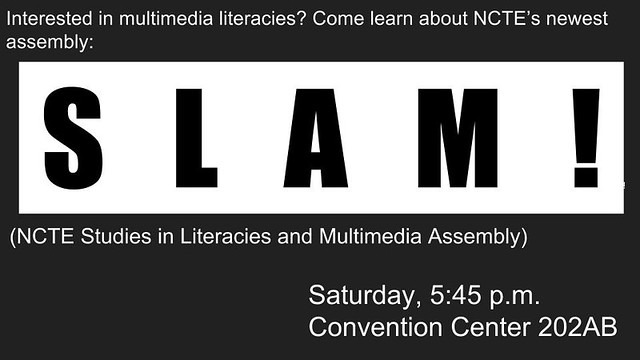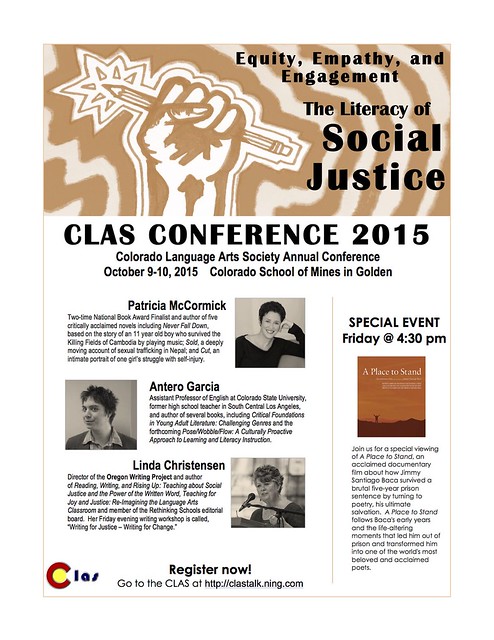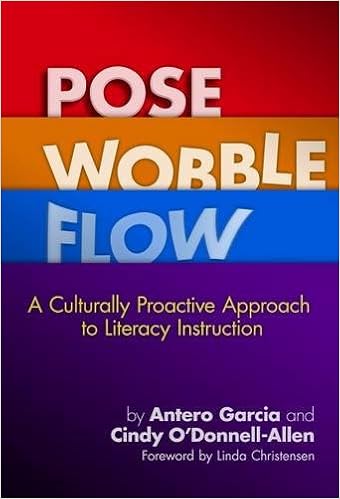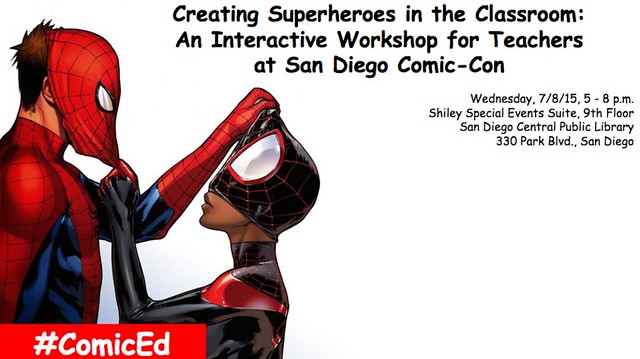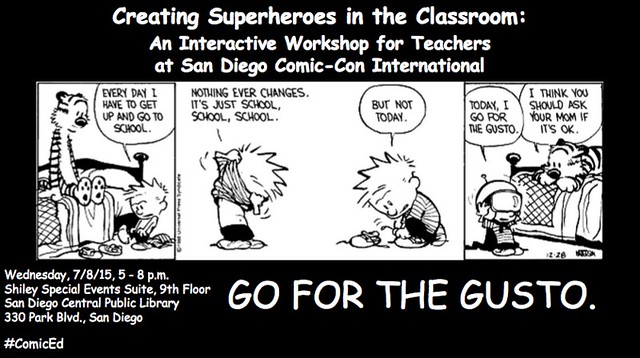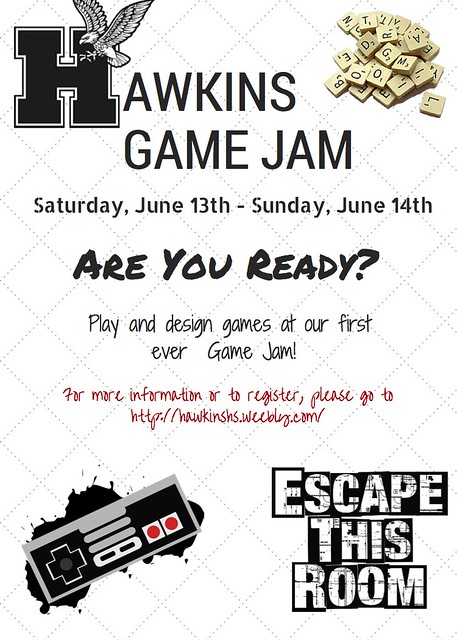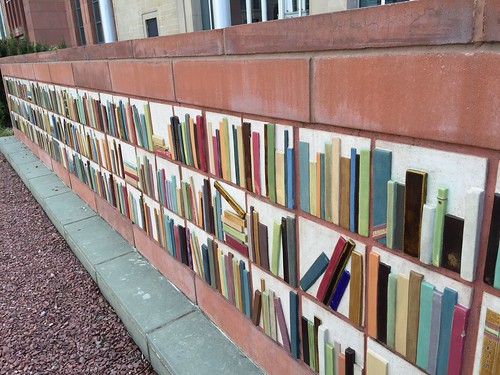I want to emphasize a part of the title of this course for a moment: methods. I know many of you want to know the secret handshake of good teaching. Less flippantly, you want the key protocols that – if you put in the effort (and I know you want to put in the effort) – will make your class move fluidly, perfectly, just like in the movies.
But that’s not ultimately what these methods are about. Yes, we spent a lot of time this semester diving into standards, designing unit plans, and talking about classroom design. However, I want you to leave today recognizing that the methods of teaching methods are personal.
This is about the processes of reflecting, listening, growing, and feeling that make you the patient and responsive mammal that your classroom community needs you to be. It needs to start with that base, instinctual level that we have likely schooled out of so many of us by the time we are about to graduate from college.
You can fake it and be an … okay teacher. But if you want to be really good, teaching methods are the methods of reinvention. Continually.
In graduate school, one of my advisors often described the ongoing tension between “real” time and “school” time. The time for cooking, shopping, doing laundry, walking dogs, etc: it does not move at the same speed as grading, deadlines, letter of recommendation writing. Mentally, we are operating on two different circadian rhythms. Which one do you privilege? At what cost? Being in sync in one space may mean feeling like you are careening out of control in another. Game designer Jane McGonigal’s description of a “stereoscopic vision” comes to mind.
Thinking about the personal methods you are working toward (and it is a lifelong process – not a semester long one), think about where we are right now:
- Northern Colorado – a shifting space at once familiar and growing in uncertain directions, politics, socioeconomic evolution.
- The end of No Child Left Behind and the ushering in of … something new. As usual, everything is about to change. Or not.
- 2015 curtseying adieu, 2016 bringing in new paradigms of engagement, new warnings of kids these days.
- A period of escalating horror. Daily the news sings new tragedy that is felt in our bones and comprehended by our students. What lessons need to be taught, questioned, demanded?
As much as these are locations (literally and spiritual) about your personhood and identity, they are a part of your shifting syllabus for future methods. So too, is the fact that growing as a person is seeing the ecosystem that you are a part of: the family in your classroom.
Teaching is scary. It is okay to be afraid.
It is okay to be afraid.
Be uncertain but do right.
Likewise it is okay to be wrong.
It is necessary to be wrong.
At the end of most semesters, I talk to my classes about hope, love, courage. It sounds like the verbal equivalent of that “Hang in There” cat poster. But I don’t think I’m clear about a part of this: a big part of teaching we ignore is that it is about self love. Do you love yourself enough to meets the needs and demands arising or being stifled within your classroom?
Methods are personal. It’s about learning to be you in the classroom and willing to reinvent who you are in the wake of tomorrow.


